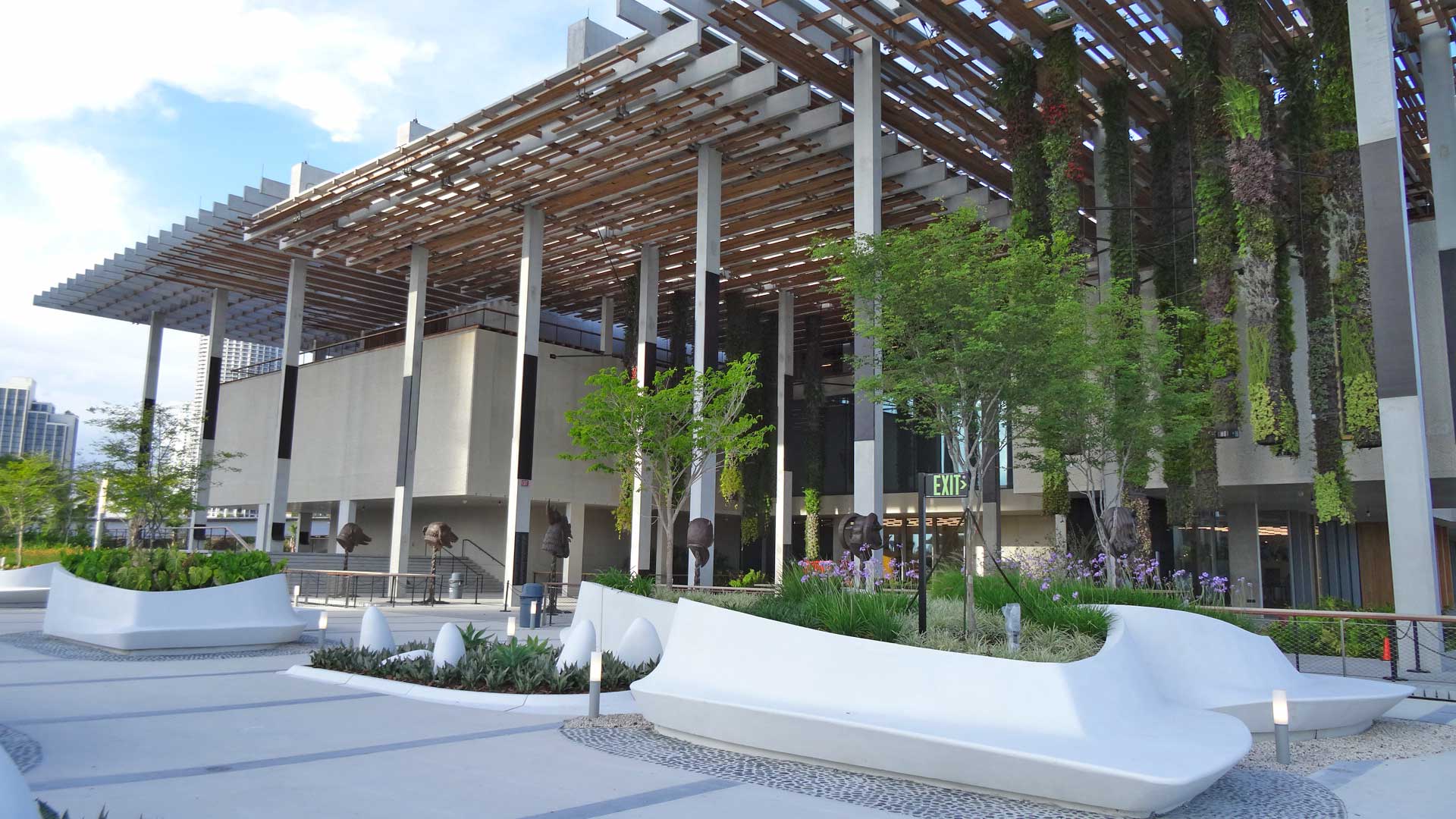
Project countryUnited States
Project locationMiami
Architect Herzog & de Meuron
Structural engineerArup
Executing companyJohn Moriarty & Assoc.
Art needs special room to develop. The Pérez Art Museum Miami, designed by Pritzker award-winning architects Herzog & de Meuron, yet again shows to perfection what this can look like. With the PAMM, the celebrity Swiss architects have designed and conceived in their usual masterful way a building which unfolds organically and develops from within. With Cobiax as partner, what started as a vision on the drawing board could once again be brought to life in concrete form. Since with transparency and lightness as the paradigms underpinning this building, the PAMM was conceived around the particular properties of Cobiax void former technology. Across the whole project, Cobiax-SL void formers have been used over an area of almost 10,000 square metres, creating the desired impression of weightlessness and floating. Due to the drastically lower amount of concrete used in constructing the slabs, a saving of some 1,100 m3, the CO2 load was also reduced accordingly.